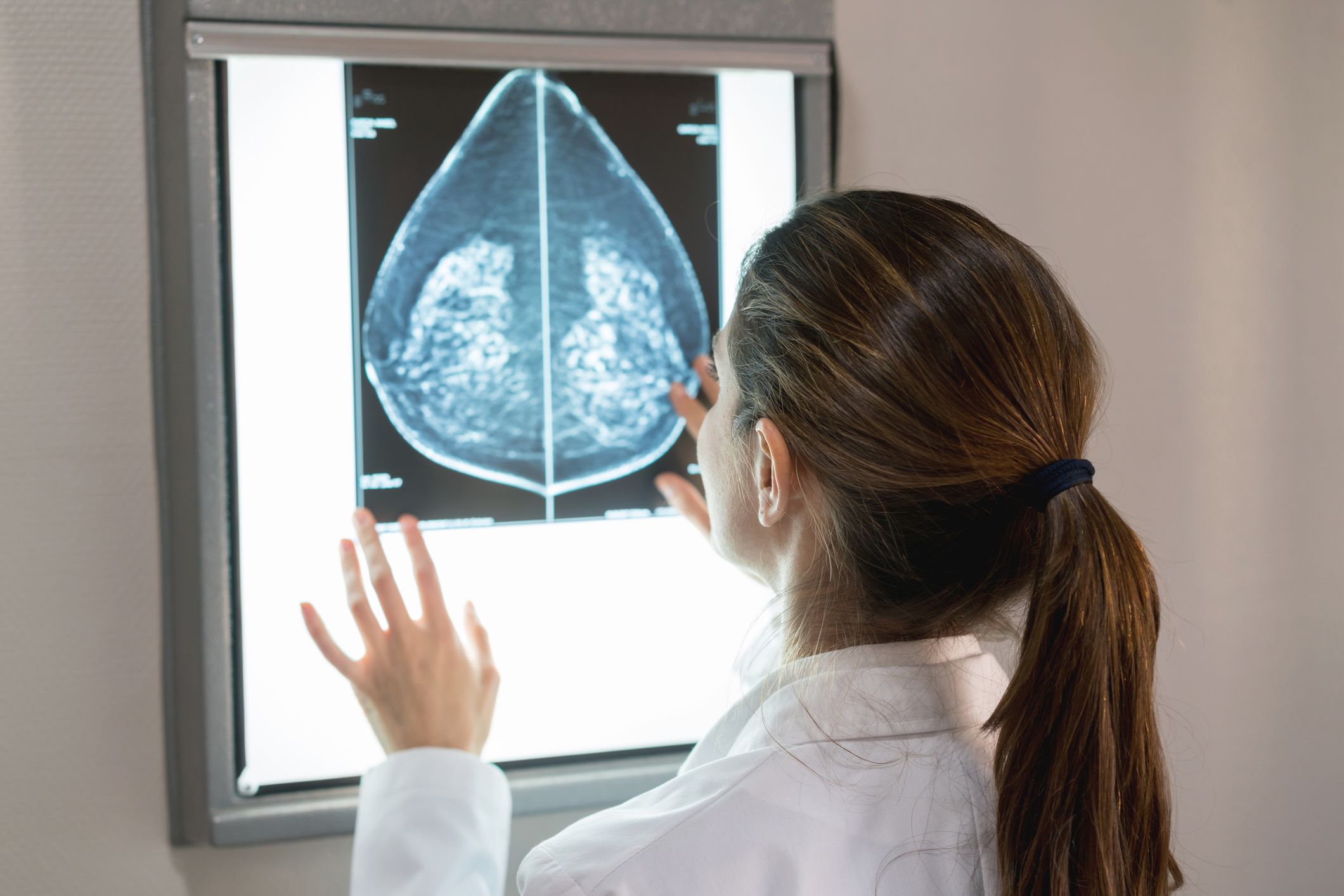When a person has breast cancer, they have at least one cancerous tumor in one or both breasts. Tumors are an abnormal growth of tissue. Cancerous tumors—also called malignant tumors—refer to tumors that grow quickly, invade nearby tissues, and spread to other parts of the body.
One of the most common areas of the body for breast cancer to spread to are the lymph nodes in the underarm. Here, we look at what lymph nodes are, what it means when breast cancer spreads to a lymph node, and what this means for treatment options.
What are lymph nodes?
Lymph nodes are small, bean-shaped clusters of cells that are located in hundreds of places throughout the body, including the armpits, chest, neck, belly, and groin.
They are part of the body's immune system, and they contain white blood cells that help fight things like infectious bacteria, viruses, and cancerous cells. Each lymph node filters substances and fluids picked up by the lymph vessels leading to it.
When a person has cancer—such as breast cancer—cancer cells can break away from the tumor and travel through the lymph vessels. These cancerous cells can settle in lymph nodes, where they form new tumors. This spread is called metastasis.
Lymph nodes may become swollen as they work to filter out cancer cells. In some cases, they can be felt under the skin’s surface. In other cases, they may not be noticeable. Healthcare providers will use scans or other imaging tests to check for enlarged lymph nodes when diagnosing and staging breast cancer.
What happens if lymph nodes are involved?
If scans or other imaging tests show enlarged lymph nodes, the next step will likely be a biopsy. This involves taking tissue samples from a lymph node or removing it with surgery. This sample is examined in a lab to check for cancer cells—and if there are, how many. A biopsy may also be done on the primary tumor in the breast.
Checking for lymph node involvement helps your healthcare team determine if cancer has spread, how far it has spread, and what other tests and exams are needed at this time. It also helps your healthcare team decide on the best approach to treatment.
Treatment for breast cancer is a little bit different for everyone and choosing a treatment will take into account many factors about the person with cancer and about the cancer itself.
Lymph node involvement is one factor. Other factors include the size of the tumor, hormone-receptor status, and the grade of the tumor—how different the cancerous cells appear compared to normal, healthy cells.
They will also take into account the person’s age, if they have been through menopause, and personal preferences, medical history, and current health.
Being diagnosed with cancer can feel overwhelming, and having to take in and process all of this information can make it seem even more overwhelming. Remember that your healthcare team will be your best source of information. Ask questions, learn as much as you can about your diagnosis, and advocate for yourself.






